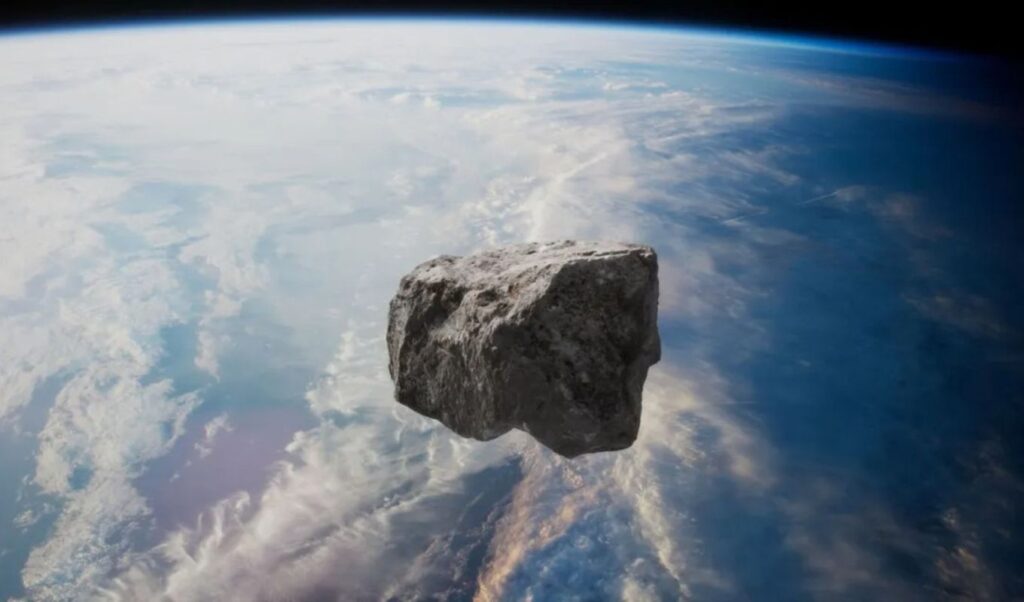A massive asteroid, discovered just one week ago, will pass close to Earth today (03/09). Specifically, this rocky body won’t approach this close again until September 4, 2125 — almost exactly one century later. The asteroid, designated 2025 QV5, was first spotted on August 24. It measures approximately 11 meters in length and is moving toward Earth at speeds exceeding 22,400 kilometers per hour, according to NASA’s Jet Propulsion Laboratory (JPL) Asteroid Watch.
Read: NASA increases odds of Moon being struck by large asteroid in 2032
The asteroid will pass within approximately 805,000 kilometers of Earth — roughly twice the distance of the Moon, according to JPL’s Small-Body Database Lookup.
The 2025 QV5 follows a roughly circular orbit around the Sun, completing one revolution every 359.4 days. During this orbit, it travels between the orbits of Earth and Venus, influenced by the gravity of both planets. As a result, it’s unlikely to impact Earth.
Even if it did occur, it’s too small to be considered “potentially hazardous,” and most of its rocky material would likely burn up in the atmosphere.
However, scientists are interested in collecting as much data as possible about the asteroid, as it’s already scheduled to be observed by the Goldstone radar in California, which specializes in tracking and mapping near-Earth asteroids, in the coming days.
The 2025 QV5 will make several more “close approaches” to Earth over the next century, such as in 2026 and 2027, but at much greater distances. For example, next year it will approach Earth only to within 5.3 million kilometers, and in 2027 it will be three times farther away.
The next time it will approach this close again will be on September 4, 2125 — approximately 100 years, one day, and two hours after the current approach — when it will reach a distance of about 1.3 million kilometers, according to current calculated predictions. However, the future date and distance are not absolutely fixed.
As researchers gather more data on 2025 QV5’s movements, they’ll be able to calculate its orbit with greater precision, which could change when it returns. For example, the impact probabilities of asteroid 2024 YR4, which caused concern this year, kept changing until they were finally reduced to zero as scientists collected more observations.
Asteroids can also be deflected from their orbits due to the gravity of other objects, such as planets or larger space rocks. If 2025 QV5 passes close to an unknown asteroid between Earth and Venus within the next 100 years, we might not discover this until it fails to follow its expected trajectory.




